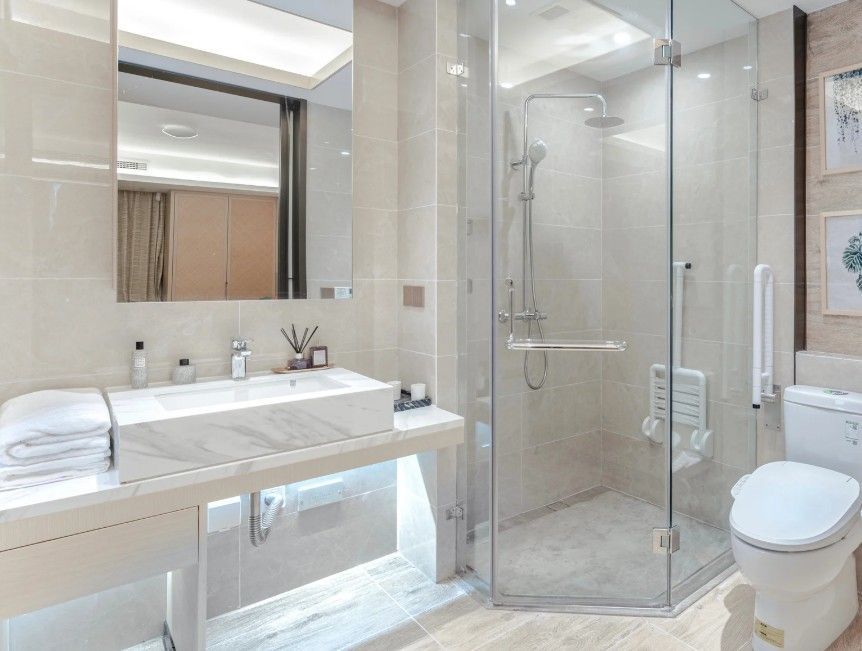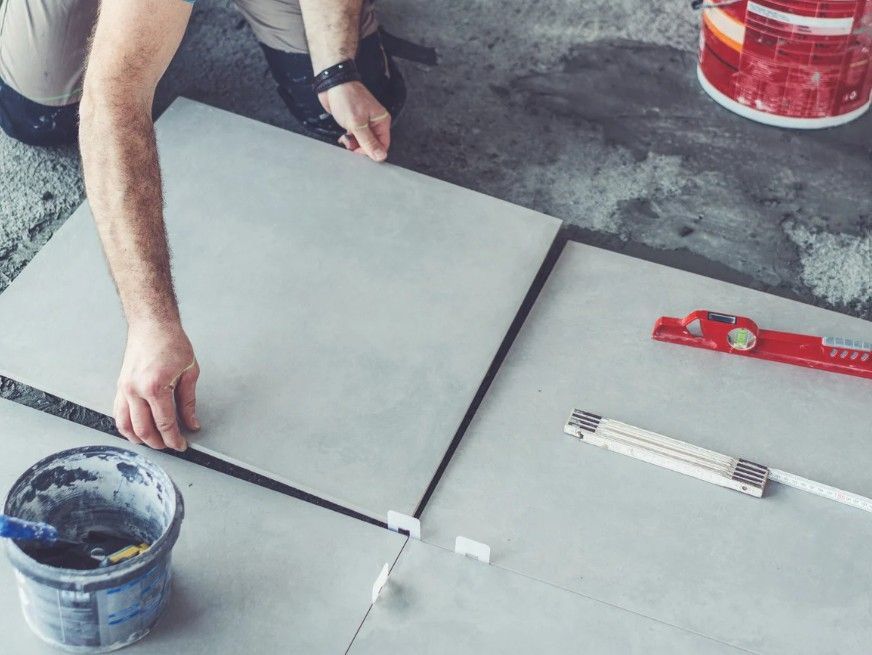BATHROOM TILER DERBY
BATHROOM & WET ROOM TILING, UNDERFLOOR HEATING & SHOWER BOARD INSTALLATION ACROSS DERBYSHIRE
GET A QUICK FREE BATHROOM TILING QUOTE
SEND 24/7
Bathroom Tiling enquiry
BATHROOM TILING
At Derbyshire Tiling Specialists we appreciate that bathroom tiling is not just about aesthetics; it plays a crucial role in maintaining hygiene and durability in one of the most used spaces in a home. Getting this room right, will create a room with an atmosphere of tranquillity and help create a sanctuary of relaxation. Whether you’re renovating an existing bathroom or designing a new one, choosing the right materials, tile configurations, and layout is essential for achieving a stylish and practical finish.
Our experienced tilers can help you select the best tiles for bathrooms, explain the role of tile backer boards, and what you should consider for bathroom floor tiles, wall tiles or whether to consider other options.
BATHROOM TILER NEAR ME
If you live in Derby or further afield in Derbyshire and are looking for a bathroom tiler near me, we're ideal - get in touch today
BATHROOM FLOOR TILING DERBY
Best Tiles for Bathrooms
When it comes to choosing the best tiles for bathrooms, several factors need to be taken into account: slip resistance, water absorption, maintenance, and style. Here's a breakdown of popular tile options:
- Ceramic Tiles: These are among the most common choices for bathroom floors and walls due to their moisture resistance, affordability, and ease of installation. Ceramic tiles come in various sizes, colours, and designs, allowing for versatility in style.
- Porcelain Tiles: More durable and less porous than ceramic, porcelain tiles are an excellent choice for bathrooms. They resist water and stains and can mimic the look of natural stone with added durability.
- Natural Stone: Options such as marble, granite, and slate confer luxury and elegance. However, they require more maintenance due to their porosity, and sealing is often recommended to prevent water damage and staining.
- Glass Tiles: Often used as accents or for backsplashes, glass tiles can create a visually appealing effect with their reflective qualities. They are, however, more challenging to install due to their fragility and can be slippery so pro.
- Vinyl Tiles: Nowadays, luxury vinyl tile (LVT) is gaining popularity for its water resistance, comfort, and ease of maintenance. Many are designed to mimic wood or stone while offering warmer option underfoot than a ceramic or porcelain tile.
Considerations for Bathroom Floor Tiles
When selecting floor tiles for a bathroom, several factors come into play:
- Slip Resistance: Safety is paramount in a bathroom due to the potential for slips and falls. Look for tiles with a high coefficient of friction—often marked as R10 or higher—which indicate slip resistance.
- Durability: The bathroom floor undergoes high traffic, so durable materials like porcelain or ceramic tiles should be prioritized. Choose tiles with a PEI (Porcelain Enamel Institute) rating suitable for residential areas.
- Water Absorption Rate: Opt for tiles with low water absorption rates. This characteristic is especially important in bathrooms where moisture content is high.
- Maintenance: Tiles with minimal grout lines can reduce cleaning efforts, as narrow joints are less likely to trap dirt and grime. An easy-to-clean surface also enhances longevity.
- Style and Size: Large format tiles can create a sense of space in small bathrooms while smaller tiles may create intricate patterns. The choice of colour and texture also impacts the overall design language of the bathroom
SHOWER TILER NEAR ME
If you live in Derby or further afield in Derbyshire and are looking for a shower tiler near me, we're ideal - get in touch today
BATHROOM WALL TILER DERBY
Tile Backer Boards vs. Plasterboard Walls
When installing wall tiles, particularly in wet areas, the type of backing material used is crucial for ensuring longevity and preventing moisture damage. There are several different schools of thought regarding the best and most cost effective backing for tiling a bathroom:
Tile Backer Boards: These are specifically designed for wet areas like bathrooms and showers. Made from cement-based materials or foam, they provide excellent moisture resistance. They are denser than traditional plasterboard, making them a more robust choice for tile installation. Using a backer board offers better adhesion for tiles, reducing the risk of moisture penetrating behind the tiles and causing mold or damp issues.
Plasterboard Walls: While standard plasterboard can be used in dry areas, it’s not recommended in wet zones as it can soak up moisture, leading to deterioration and compromised structural integrity. If tiles are applied to plasterboard in wet areas, it's advisable to use moisture-resistant plasterboard, but tile backer boards are preferable for tiling surfaces exposed to water.
In reality properly install tiles and grout will provide a watertight barrier so many people will say that the additional expense of suing tilebacker boards is over specification and this has truth in it. If your bathroom refit is one you hope will last for many years but it also used a lot and may be subjected to the odd knock or bang, which could damage or loosen a tile or grout then a tile backer board would be justified.
Wall Tiles: From Floor to Ceiling or Not?
Deciding whether to tile walls from floor to ceiling depends on your bathroom’s design aesthetic, size, and functionality.
Floor-to-Ceiling Tiling: This approach can create a seamless, elegant look, especially in smaller bathrooms where maximising space is vital. It also minimises the risk of mould and moisture damage since the entire wall is protected. A consistent tile look can provide a spa-like ambience and can be particularly beneficial in wet areas, such as shower enclosures.
Partial Tiling: Opting for half or lower wall tiling can save costs and allow for creative alternatives in non-wet areas of the wall, like paint or wallpaper. This approach permits flexibility in design, enabling you to pick various colours and texture combinations.
Ultimately, the decision to tile up to the ceiling often depends on the desired look and the functionality required in the space.
SHOWER PANELS DERBY
The Popularity of Shower Boards
In the UK, there has been a noticeable shift toward using shower boards, particularly due to their practicality and aesthetic appeal. Shower boards, also known as wall panels or cladding, and they are gaining popularity as a modern alternative to traditional tiling due to several reasons:
- Ease of Installation: Shower boards are typically easier and quicker to install compared to tiles. They can be mounted directly onto existing surfaces, reducing the need for extensive preparation or removal work, especially if the existing wall is flat
- Seamless Appearance: These boards often come in large panels, resulting in fewer visible joints, which not only adds to their sleek and contemporary appearance but also reduces potential areas for mould and mildew growth.
- Waterproof and Durable: Most shower boards are made from materials like PVC or acrylic, providing full waterproofing and resistance to water damage. This makes them particularly suitable for bathrooms that are subject to high moisture levels.
- Low Maintenance: Unlike traditional tiles that may require regular scrubbing and grout maintenance, shower boards typically only need a quick wipe-down to remain spotless. Their smooth surfaces do not trap dirt and are resistant to stains and discolouration.
- Wide Variety of Designs: Wide Range of Designs: Shower boards come in an extensive assortment of styles and finishes to suit any taste. Homeowners can choose from options such as realistic stone, warm wood, and sleek high-gloss effects. This variety allows you to customize your bathroom according to your personal aesthetic preferences.
SHOWER PANEL INSTALLERS
If you live in or around Derby and are looking for an experience shower panel installer then get in touch with us today to arrange a quote
BATHROOM FITTERS DERBY
Whilst tiling can be seen as putting the finishing touches to a bathroom renovation as part of Derbyshire Specialists Group we can put a team together the completely transform your bathroom. Our plumbers can install all your sanitaryware, our joiners can fit cupboards and storage units, our electrician can transform the lighting in your bathroom and install electric underfloor heating, while our flooring specialist can work in conjunction with the tiler to level floors and put in appropriate drainage slopes if you intend to have a tiled floor wet room area.
So if you were initially just looking for a bathroom tiler and found us then don't hesitate to ask us to quote for every aspect of your bathroom renovation - we can even provide finance options too which can help you avoid too many compromises if working to a tight budget.
Don't delay, simply get in touch with us today to get the bathroom of your dreams.








